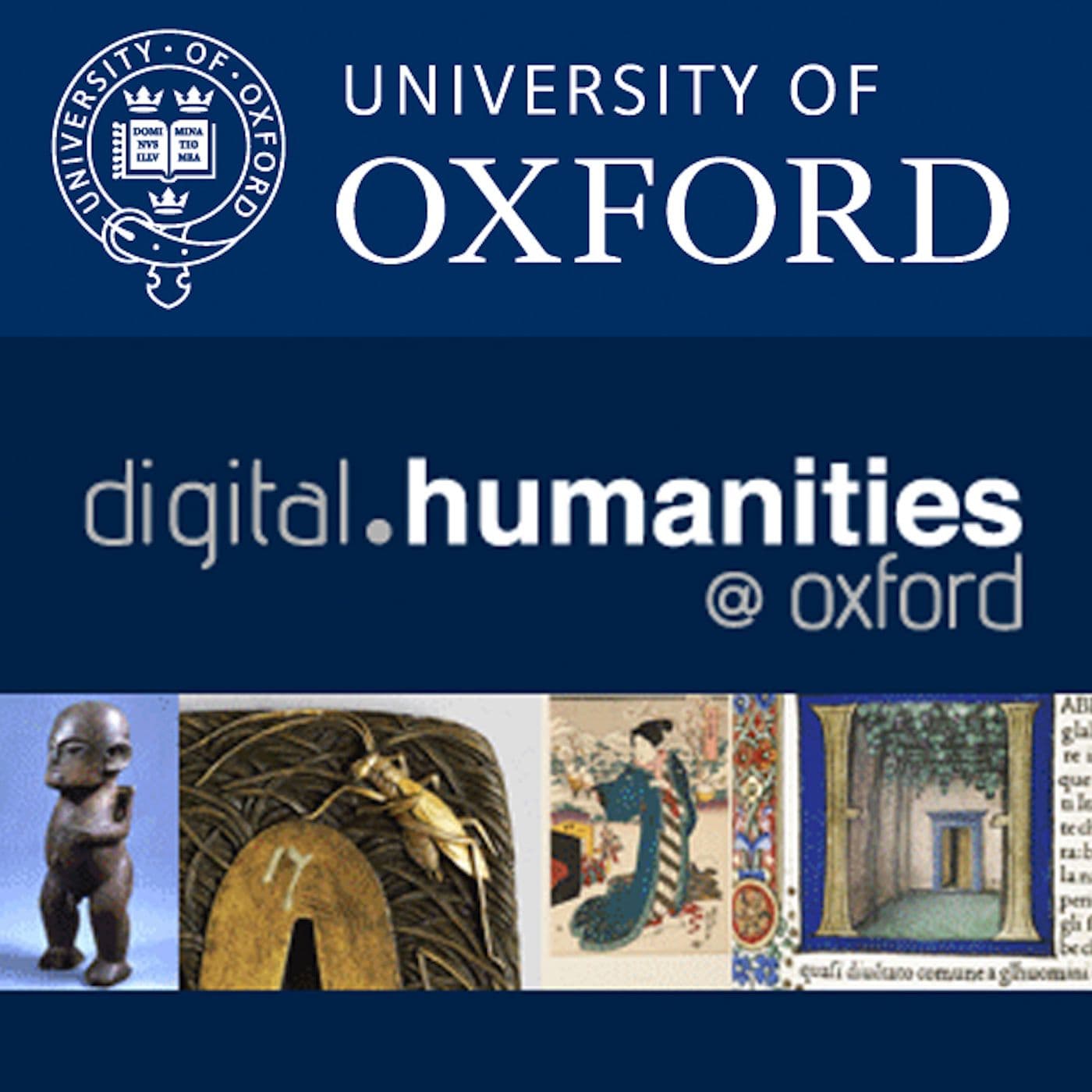Education
Maria Telegina, (Faculty of Oriental Studies, University of Oxford) gives a talk for the 2016 Digital Humanities at Oxford Summer School. The history of graph (network) theory (GNT) started with an attempt to find a single walking path, which crosses, once and only once, each of the seven bridges of old Königsberg; this is known as the Seven Bridges of Königsberg Problem. Since 1736, when Leonhard Euler proved the problem to be unsolvable using a very simple graph, GNT was developed, and it rapidly came to be used in a number of fields. Nowadays, GNT is actively used in a wide variety of disciplines from mathematics and physics to sociology and linguistics, as our world is full of systems, which can be represented and analyzed as networks. The main focus of this talk is a presentation of a network analysis, based on a semantic network constructed on Japanese temporal and spatial lexical items. The network is based on the results of a free word association experiment conducted in Tokyo in 2015. Due to the nature of the material, the network is highly clustered and has a relatively short average path length; in other words, it is a good example of a small world network. As the general framework of GNT, along with some practical information on how to build and analyze a network in R or Gephi will also be presented, the contents of this talk are also relevant to analyses of any system with coupled elements.

